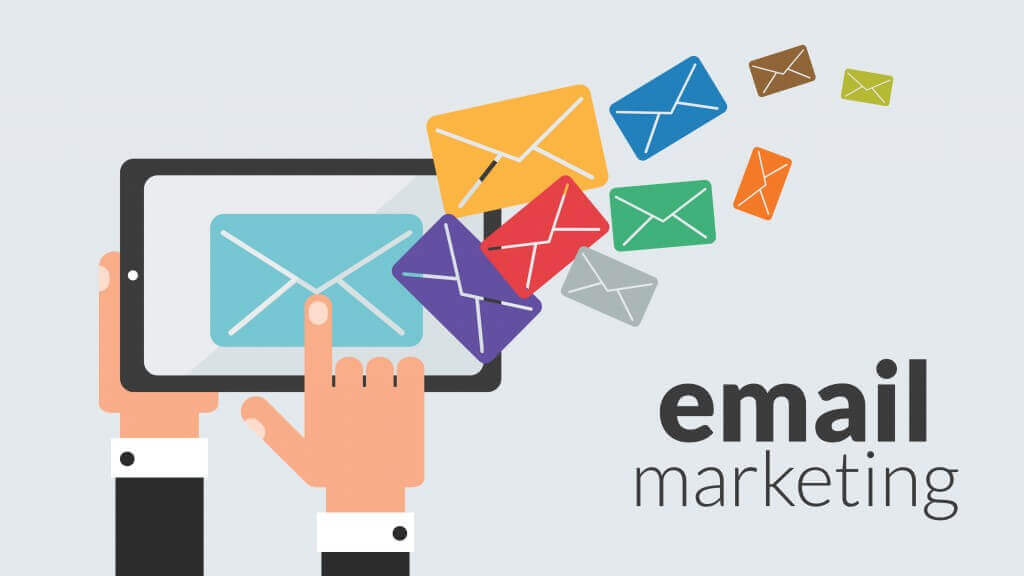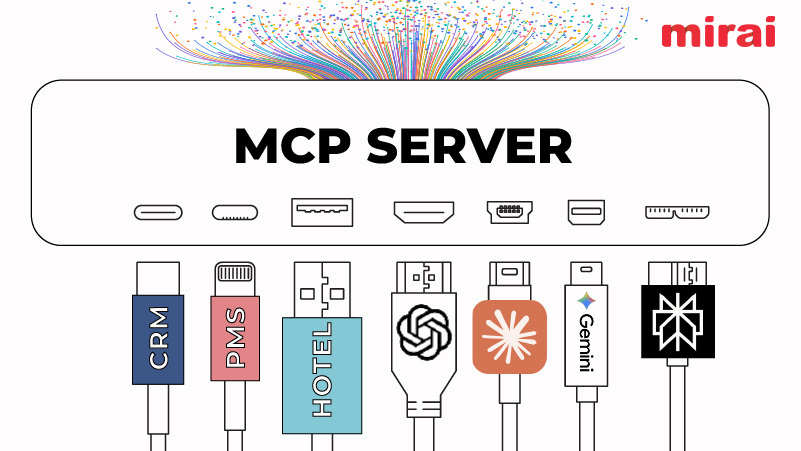
Sometimes, all your hotel marketing strategy needs is a way for your hotel to break through the noise. Email marketing is a great tool to break through, and it has a track record of getting huge returns. We think that makes it pretty special.
Here’s the role email plays in getting your hotel website visitors to turn into guests:
Social media, paid ads, your presence on third-party sites and properly developed website content all drive traffic to your hotel website. Without a proper website funnel, however, that traffic won’t convert to the bookings you’re looking for.
Your hotel website’s funnel is made of:
- Your offering (rooms, services and facilities)
- Your Landing pages
- Emails
In turn, successful email marketing only needs 3 things:
- a strong email list
- emails that drive bookings
- long-term guest relationships
There are lots of small things you can focus on that will help you get those three things, but there are only a few fundamentals. Those fundamentals are what we’re going to talk about today.
Email can be a very personal way to reach out, and it’s also one of the fastest growing customer-acquisition channels out there. By the end of this year, it is projected that there will be 4.3 billion users.

Email is nearly 40 times more effective than Facebook and Twitter together in the acquisition of customers. It’s targeted towards people who already want what you have, and email is also under your control. Social networks are evolving rapidly, but the basics of email remain consistent, even as methods for sending them become more sophisticated.
Let’s take a look at those basics – sometimes, they’re all you need to build a strategy that will bring guests through the door.
Tell People What They’re Getting
The clarity of your message can get lost when you try to be too creative.
While getting subscribers for your hotel newsletter through entries to a competition or on your booking engine, it can be tempting to avoid words like ‘Subscribe’ or ‘Sign up’. We all get tired of being told to sign up to things!
Read rest of the article NetAffinity




